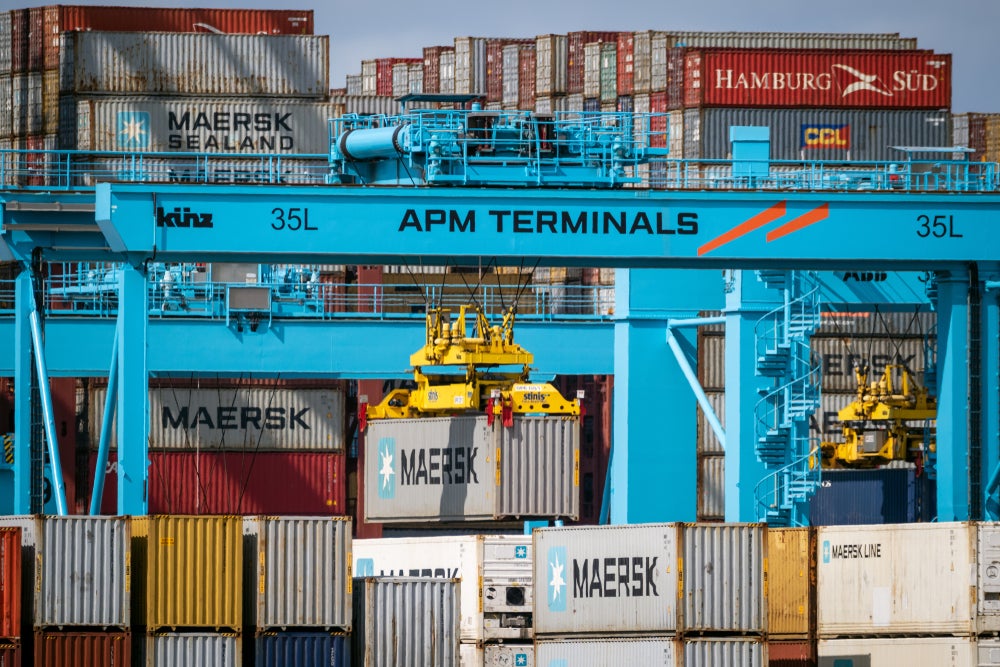
APM Terminals, the port-operating unit of Danish shipping company Maersk, will invest more than $500m (Dkr3.59bn) to modernise and expand the trade volume in the ports of Rijeka (Croatia) and Lazaro Cardenas (Mexico).
The new Rijeka Gateway will cost APM €380m ($404.25m), with more than €200m to be invested in the first two years and an additional €180m for the project’s second phase within the next ten years. The terminal will be remote controlled and serve as a main entry point to hinterland countries and markets.
According to Tomislav Žunić, chief financial officer and management board member of Rijeka Gateway, APM’s new terminal will initially process a total of 650,000 twenty-foot equivalent units (TEUs) annually, with plans to reach more than one million TEUs per year once the second phase of the project is completed.
“We estimate in 2026 the fiscal contribution to the state will be about €100m, growing to €200m after 2030,” Žunić added. “Our commitment extends towards being a responsible corporation, and we also consider sustainability by implementing state-of-the-art technologies to minimise our carbon footprint.”
The container terminal will begin operations in 2025 and will create 300 jobs.
News of Rijeka Gateway came a few days after APM said it had launched expansion works on the Port of Lazaro Cardenas in Mexico.

US Tariffs are shifting - will you react or anticipate?
Don’t let policy changes catch you off guard. Stay proactive with real-time data and expert analysis.
By GlobalDataAlready the first semi-automated facility in Latin America, the second phase of the expansion will cost $140m and will allow Lazaro Cardenas to process a further one million TEUs annually, cementing its status as a shipping hub for the Americas region.
“This expansion positions the terminal as a key hub in the region,” said Leo Huisman, regional managing director of APM Terminals Americas. “The increased capacity, new equipment and yard space will lift the standard of efficiency at the terminal through optimised traffic flows and improve cross-border transit times – a key element of the USMCA [free-trade agreement].”
War in Ukraine and the Covid-19 pandemic have led to significant shifts in global trade routes. In the container freight sector, charter rates have dropped significantly since 2022 as a result of rampant inflation and falling consumer demand.
According to Investment Monitor, fixing a 1,700-TEU feeder vessel would have reached more than $60,000 per day in mid-2022; however, by the end of the year, the cost had fallen to one-quarter of that amount. Experts believe that the immediate outlook looks grim, however.
“It will be hard to stave off a classic shipping cycle with mountains of capacity delivered into an already soft market,” said Ben Hanslip, director of Portfolio Valuation at Kroll. “Unless there is another extraordinary exogenous shock to the system, the container market will have to batten down the hatches.”



